
It is true: we’re back in the …. Eastern Europe’s phase. The fact is that the cameras and film rolls accumulate, remain there for a while in half use and then finally, it is their moment to be finished, developed and published. So, it happens that concentrated within a period, similar types or even different versions of the same models. This time it is the turn of the small, but very pretty, Werra 1. Obviously, produced in the former GDR. Simple, spartan (no range finder or meter), but well performing (Carl Zeiss Tessar 50mm f/2.8 lens) and with some super-technologic “surprise”, at least for the time.
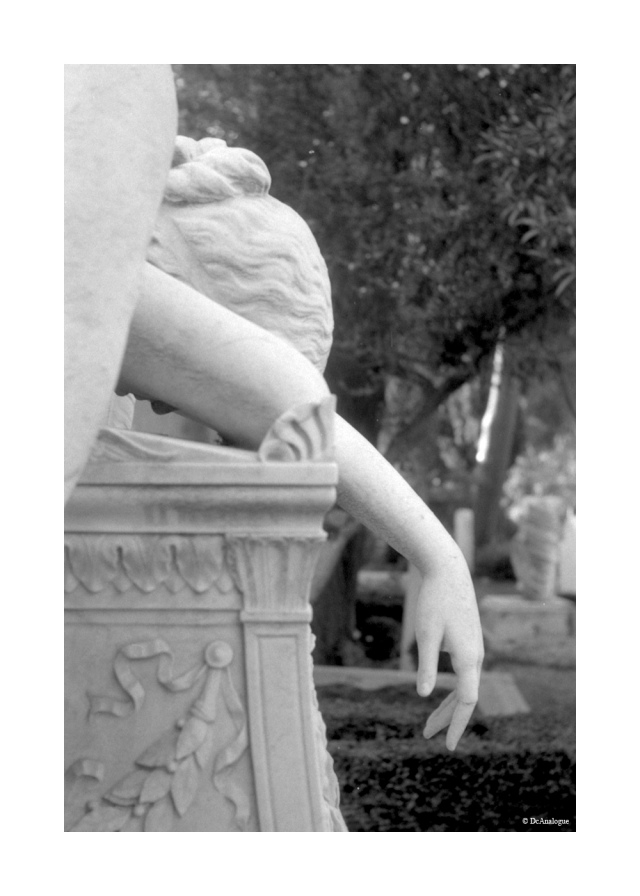
In fact, the Werra has an ingenious shutter cocking/film advancing system: i.e.through the rotation of 1/4 of coaxial ring around the lens here is that the film advances and the shutter is ready to fire! Convenient, fast and easy! Always on the lens then, we find the rings for all commands: shutter speeds (from 1 sec to 1/750sec. + B), aperture and focus. The shutter is a central leaf type.
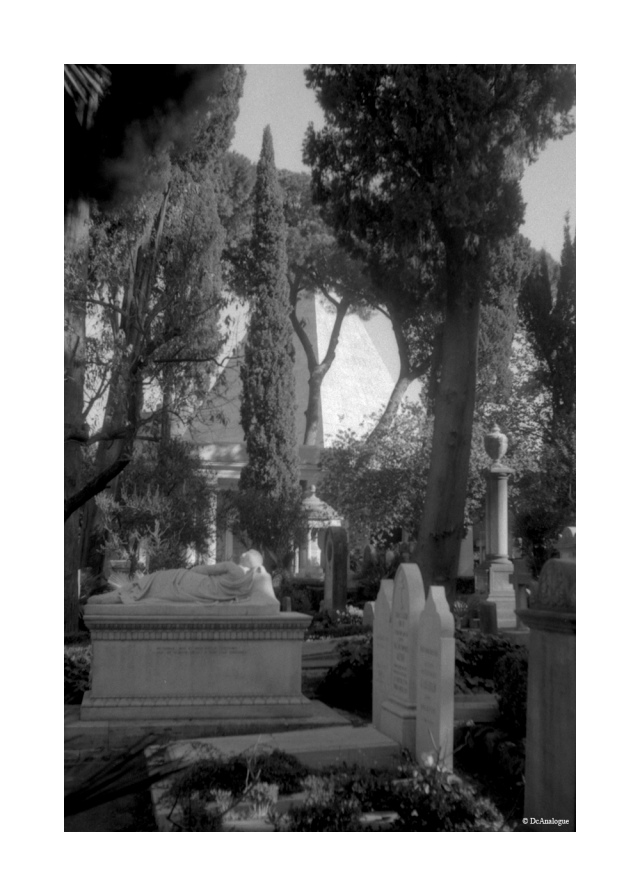
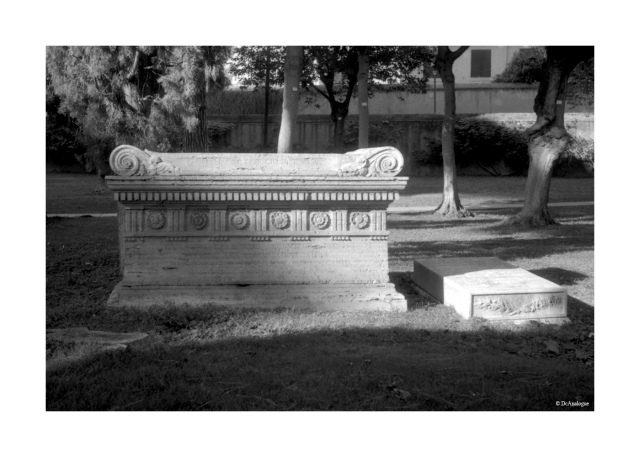
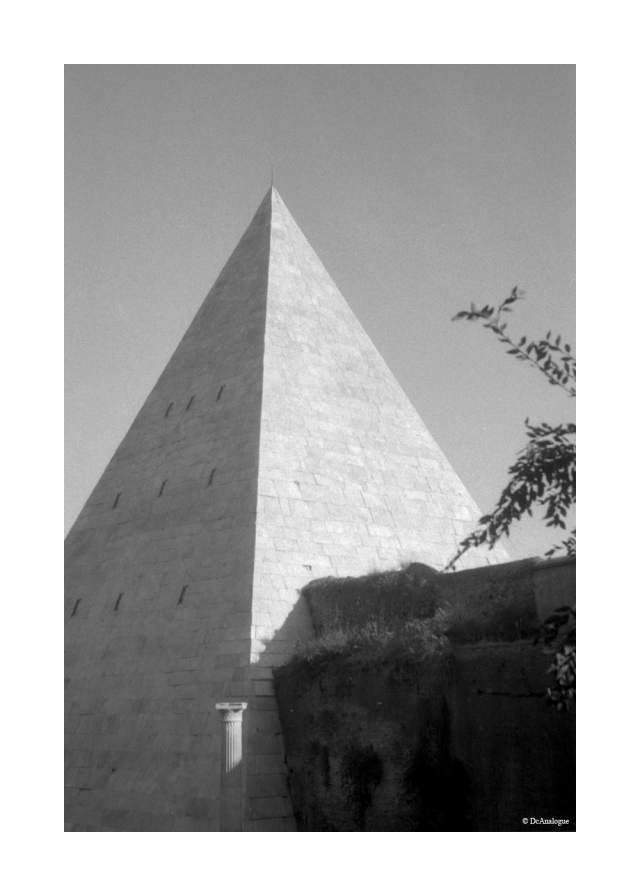
Another little “gem” is the presence (not in my sample) of a lens hood with cap function, externally covered with the same camera color (black, gray or green). In my case, however, there is a good case in perfect condition. Of course, since “only” test the camera … was too little, I also thought of developing the Kentmere 100 in HC110 [B] 😀
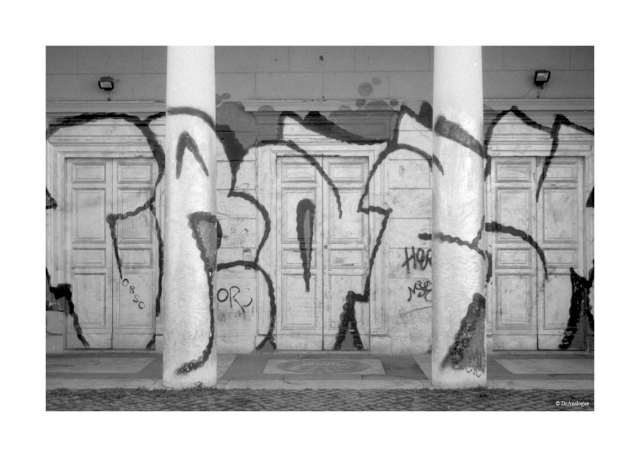
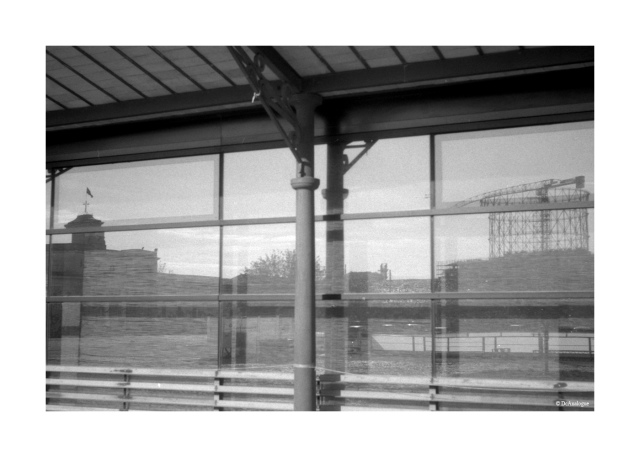
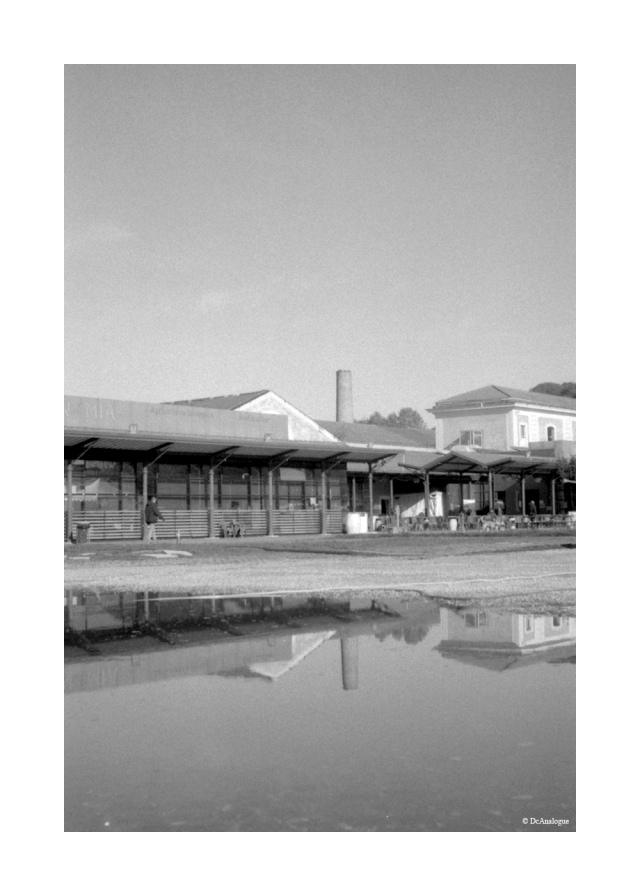

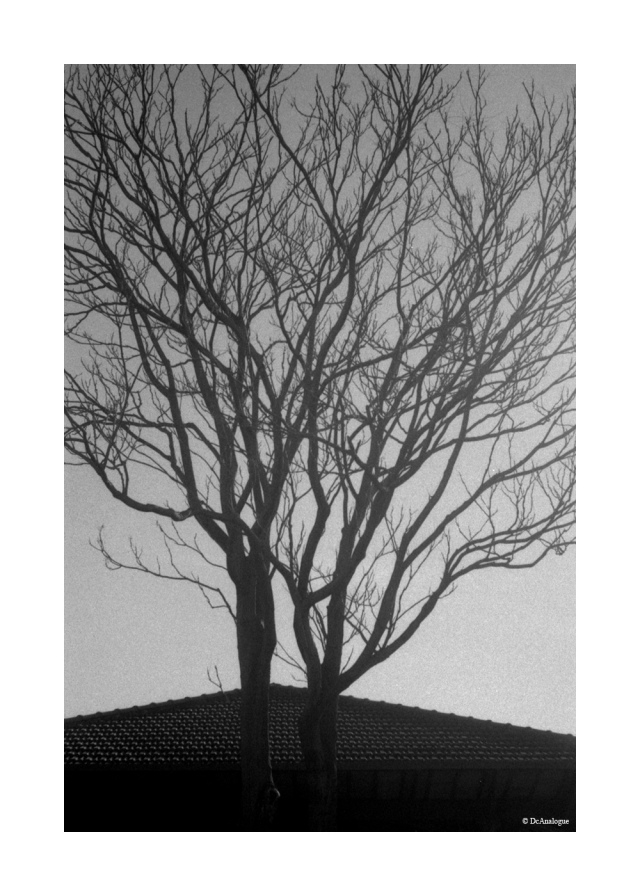
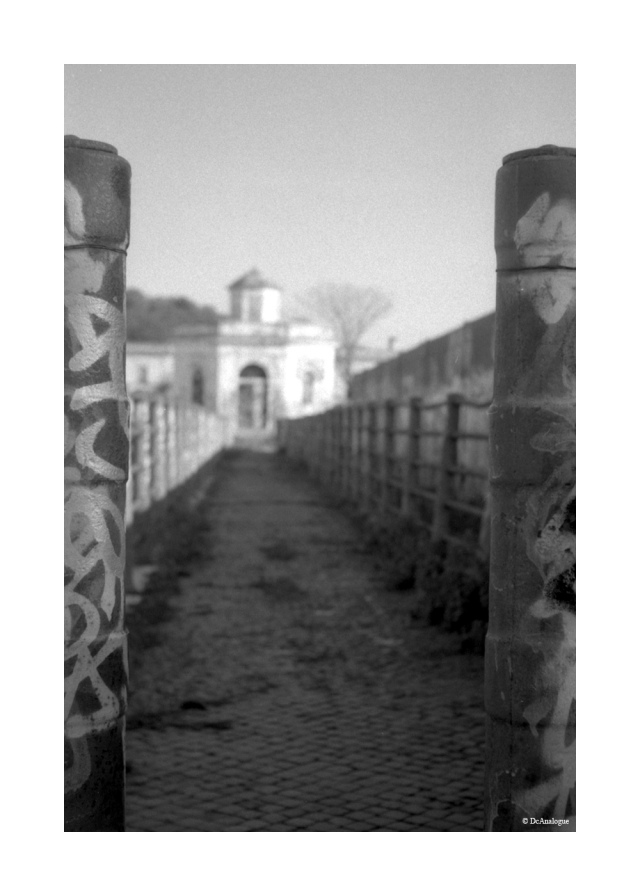
I used the Werra during a short autumn walk in the Testaccio area of Rome. Given its simplicity (there is not even the possibility of mounting an external rangefinder) I had to guess the focus (certainly helped by a sunny day with consequent stopped down apertures) and measure light with my Smartphone’s App. Despite this, I had no problems whatsoever, given the ease of use of this camera. The results set made by Tessar/Kentmere 100/HC110 were excellent, except in the case of backlight, where these vintage lenses often show their limits. The lack of a lens hood surely didn’t help.
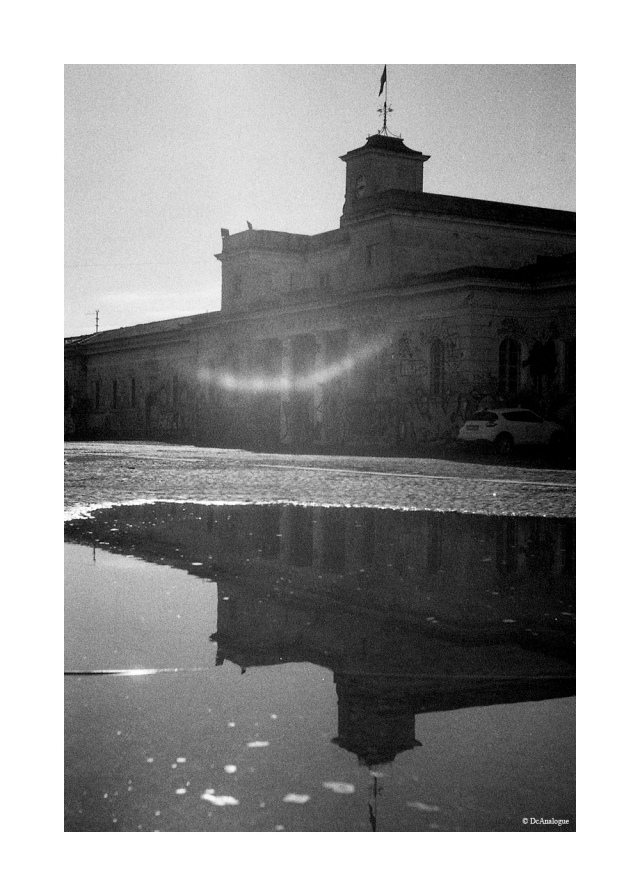
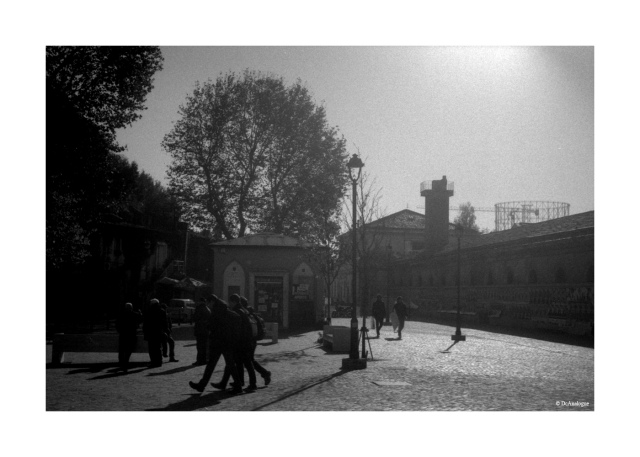
Returning to the title, you …. you got it! In Rome there is also a Pyramid (for the uninitiated), called Pyramid of Cestius, built in 12 A.C. and it is close to Protestant Cemetery, within which there is one of the most beautiful and moving funeral monuments in the world: The Angel of Grief, dedicated to Emelyn Story. Impossible so do not spend a few shots of these two wonders …
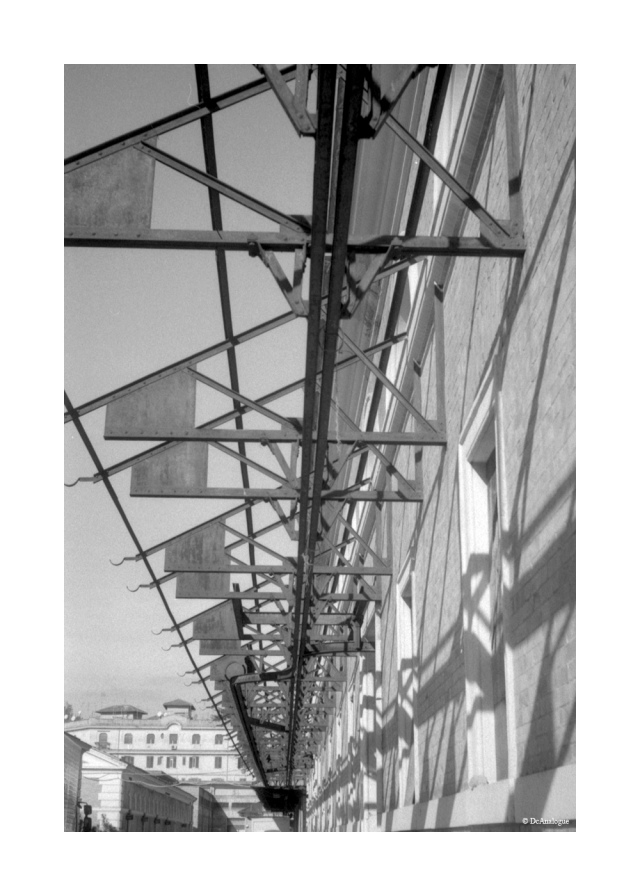
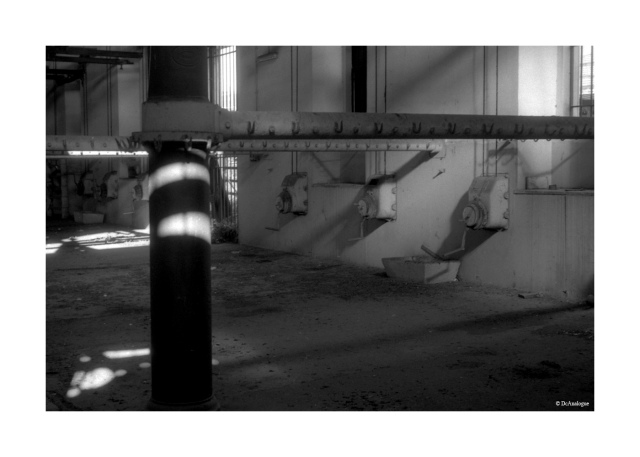
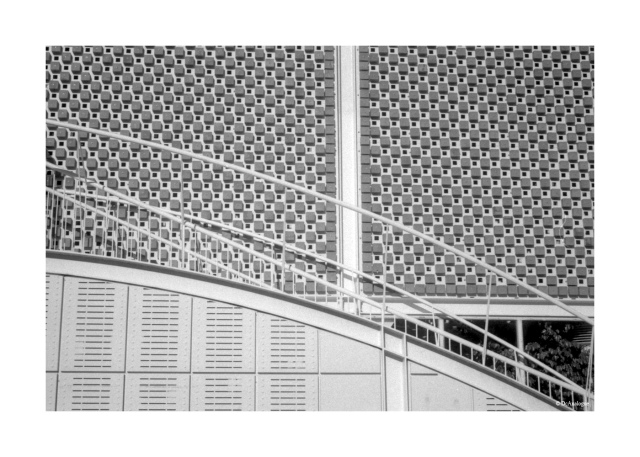
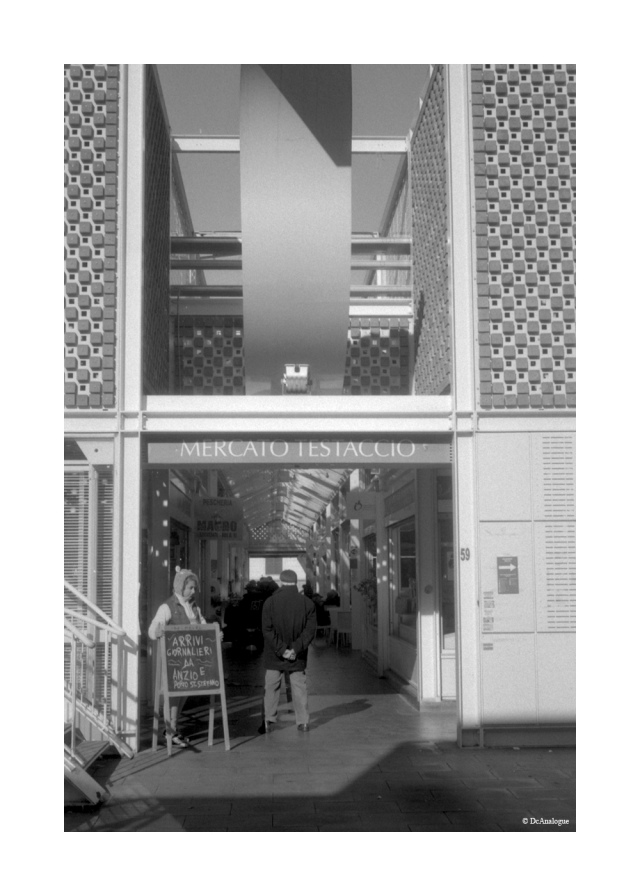
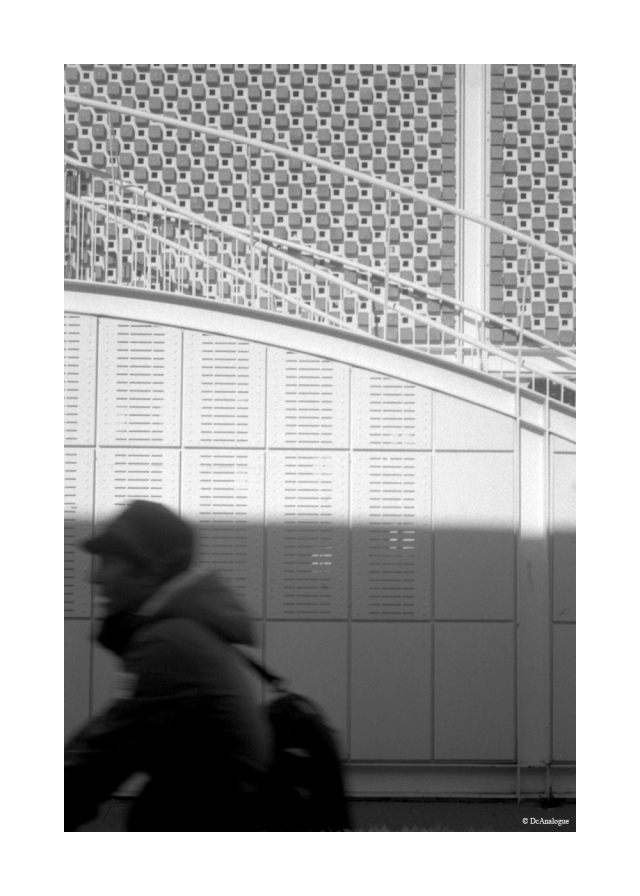
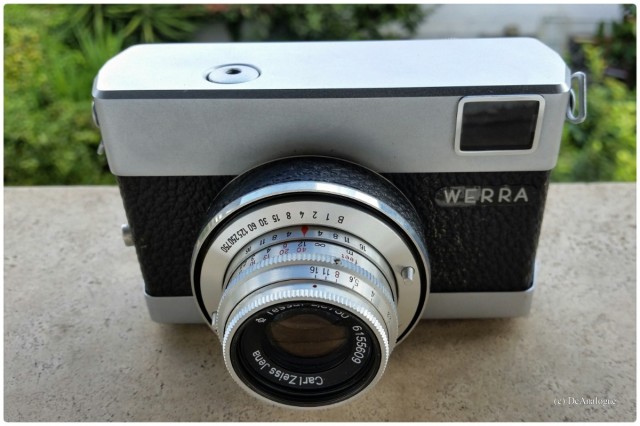
(Versione Italiana)
Si è vero: siamo di nuovo in periodo…. Est Europa. Il fatto è che le fotocamere/rullini si accumulano, restano lì per un po’ di tempo a metà uso e poi finalmente, arriva il loro momento. A volte, il caso vuole che si concentrino in un periodo tipologie simili o addirittura versioni differenti di stessi modelli. Questa volta è il turno della piccola, ma molto carina, Werra 1. Ovviamente prodotta nell’ex DDR. Semplice, spartana (niente telemetro o esposimetro), ma performante (Obiettivo Carl Zeiss Tessar 50mm f/2,8) e con qualche “sorpresina” super-tecnologica, almeno per l’epoca.
Già, infatti la Werra presenta un ingegnoso sistema di avanzamento pellicola/carica dell’otturatore: praticamente, attraverso la rotazione di 1/4 di giro dell’anello coassiale all’obiettivo ecco che la pellicola avanza e l’otturatore si carica! Comodo, facile e veloce! Sempre sull’obiettivo poi, troviamo le ghiere per tutti i comandi: tempi di scatto (da 1sec a 1/750sec. +B), diaframmi e messa a fuoco. L’otturatore è centrale a lamelle.
Un’altra piccola “chicca” è la presenza (non nell’esemplare a mia disposizione) di un paraluce con funzione di tappo, rivestito esternamente dello stesso colore della fotocamera (nero, Grigio o Verde). Nel mio caso però, c’è una bella custodia in perfetto stato. Naturalmente, visto che “solo” provare la fotocamera era… poco, ho pensato anche di sviluppare la Kentmere 100 in HC110 [B] 😀
Ho usato la Werra durante una breve passeggiata autunnale nella zona di Testaccio, a Roma. Data la sua semplicità (non c’è nemmeno la possibilità di montare un telemetro esterno) ho dovuto misurare ad occhio le distanze (certamente aiutato dalla giornata soleggiata con conseguenti diaframmi piuttosto chiusi) e per l’esposizione ho usato la mia App per Smartphone. Nonostante questo, non ho avuto problemi di sorta, data la semplicità d’uso di questa fotocamera. I risultati dell’insieme Tessar/Kentmere 100/HC110 sono stati eccellenti, salvo nel caso dei controluce, dove queste lenti vintage spesso mostrano i loro limiti. La mancanza del paraluce di certo non ha aiutato.
Tornando al titolo, si…. avete capito bene! A Roma c’è anche una Piramide (per chi non lo sapesse), detta Piramide Cestia, costruita nel 12 A.C. e si trova vicino al Cimitero Acattolico, all’interno del quale c’è uno dei più belli e commoventi monumenti funebri del mondo: L’Angelo del Dolore, dedicato ad Emelyn Story. Impossibile quindi non dedicare più di qualche scatto a queste due meraviglie…
Tech Data:
Camera: Carl Zeiss Jena Werra 1 – Lens: Carl Zeiss jena Tessar 50mm f/2,8 – Film: Kentmere 100 – Developer: Kofdak HC110 [B] – Scanner: Epson V550
Bellissimo il cimitero acattolico, ottima scelta!
LikeLiked by 1 person
Beh…a Roma i soggetti… non mancano. Il difficile è renderli… decentemente…. 😉
LikeLiked by 1 person